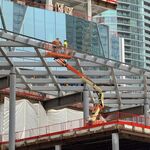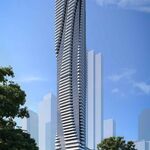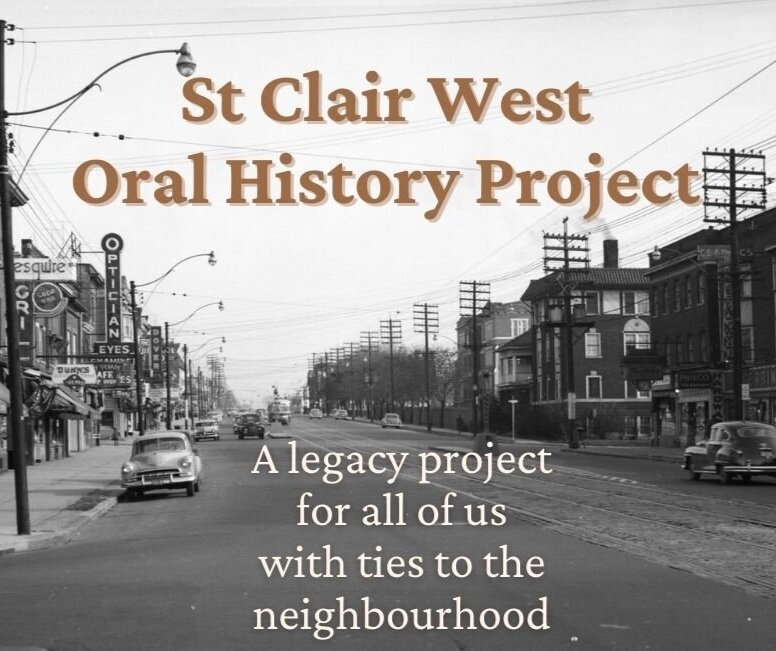King of Kensington
Senior Member
It's been over two decades since amalgamation.
Scarborough and Etobicoke have "harder" boundaries (Humber River and Victoria Park). But the boundaries the former city of Toronto and the "Yorks" were never as "hard", postal codes and federal ridings never really "respected" the boundaries even in the Metro Toronto days.
So with one service provider (the City of Toronto) and no "welcome to municipality X signs," how noticeable are they in terms of legacy zoning bylaws, socioeconomics, culture, urban form etc. at this point?
To me the white streetlights are the main marker of old Toronto. But I'm not sure if that has any real meaning in terms of today's communities?
Scarborough and Etobicoke have "harder" boundaries (Humber River and Victoria Park). But the boundaries the former city of Toronto and the "Yorks" were never as "hard", postal codes and federal ridings never really "respected" the boundaries even in the Metro Toronto days.
So with one service provider (the City of Toronto) and no "welcome to municipality X signs," how noticeable are they in terms of legacy zoning bylaws, socioeconomics, culture, urban form etc. at this point?
To me the white streetlights are the main marker of old Toronto. But I'm not sure if that has any real meaning in terms of today's communities?






